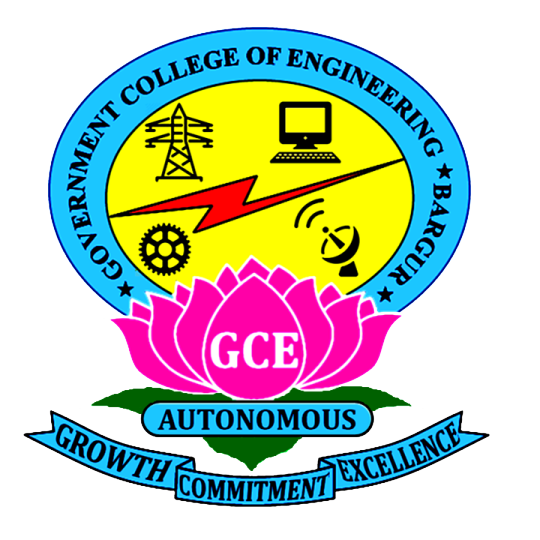TECHNICAL EDUCATION QUALITY IMPROVEMENT PROGRAMME (TEQIP) - PHASE-II
Preamble:
The Indian system of engineering education has become vast and so far around 3000 engineering institutions have been established throughout the country. The exponential growth in Technical Education has however not translated into any significant growth in the number of quality graduates due to restricted availability of qualified faculty and better teaching-learning and training facilities. There is currently a huge gap between quality and quantity in Technical Education. The World Bank took keen interest in systemic transformation of country’s technical
education system to make it globally competitive and showed willingness to assist the Government of India to launch a Technical Education Improvement Programme (TEQIP) as a long term programme of 10-12 years and in three phases.
The Ministry of Human Resource Development, Government of India through NPIU have competitively selected 127 institutions including 18 Centrally funded institutions, 68 State funded institutions, 22 private unaided institutions and 19 Polytechnics spread across 13 States of
India to participate in the first phase of TEQIP during 2003-09. After the completion of TEQIP Phase-I, a study was carried out for evaluating the impact of the Programme and learn lessons for TEQIP Phase-II.
Summary of the Study:
Overall impact on 127 Project Institutions has resulted in 107 (84 percent) institutions having a highly satisfactory impact. Detailed analysis based on quantitative assessment of each of 76 pre-determined sub-parameters/parameters of impact on all Project institutions reveals that overall impact of TEQIP Phase –I is a success. Salient features are:
• 125 (98 percent) Project institutions have carried out academic and non-academic reforms of their internal & external auditing processes.
• 126 Project institutions have successfully implemented semester system.
• In all 127 Project institutions, majority of the stakeholders participate in BoG.
• 107 (84 percent) Project institutions could achieve academic excellence.
• Total number of SC/ST/OBC beneficiaries through Tribal Development Plan in the Project institutions increased from 8500 (2002-03) to 50,000 (2008-09).
• About 2600 students undertook visits to other Project institutions.
• About 300 R&D projects were undertaken by faculty jointly
• A cumulative of 13,000 visits were undertaken by community persons and 300 technologies were transferred to the community. Five hundred programmes were conducted for unorganized labor. During TEQIP implementation, a total of 2917 externally funded R&D projects valued Rs 4679.37 million were executed by Project institutions.
Recommendation:
One of the key recommendations of the committee is that interdisciplinary collaborative efforts/approach should be given more weightage than multidisciplinary by Project institutions since all cutting edge developments in technologies occur at the interface of two or more disciplines. Inter-disciplinarity enables integration of concepts, theories, techniques and perspectives from two or more disciplines to advance fundamental understanding or to solve problems whose solutions are beyond the scope of single discipline.
TEQIP PHASE - II
As per TEQIP design, each phase is required to be designed on the basis of lessons learnt from the implementation of an earlier phase. As mentioned above, TEQIP-I started a reform process in 127 Institutions. The reform process needs to be sustained and scaled-up for embedding gains in the system and taking the transformation to a higher level. To continue the development activities initiated through TEQIP-I, a sequel Project is planned as TEQIP-II.
Objectives:
1. Strengthening Institutions to produce high quality engineers for better employability,
2. Scaling-up PG education and demand-driven Research & Development and innovation,
3. Establishing Centers of Excellence for focused applicable research,
4. Training of faculty for effective Teaching, and
5. Enhancing Institutional and System Management effectiveness.

